Activated charcoal is very common in the skin and healthcare industry. Activated charcoal is an active form of carbon, just some seconds away from burning and very useful. Apart from filtering water and gas masks, it benefits against poisoning for allergies. However, making charcoal at home is a little tedious and requires a little practice. Apart from that, making charcoal with some of the best charcoal briquettes for smoking can be relatively easy.
What Exactly Is Activated Charcoal?
In simple terms, activated charcoal is an absorbent form of carbon with tiny pores that increase its surface area. During a commercial process, different chemicals blend to increase the porosity and surface area. Thus, the overall absorption increases.
Why Should You Create Activated Carbon?
Buying activated charcoal is indeed expensive than making it. Moreover, it is for first aid against insect bites if doctors are not available. You can even trade it for barter in a post-collapse scene. It can help you make your gas mask or could favor as an emergency water filter.
How To Make Activated Charcoal?
Materials Needed:
- Calcium chloride or the pickle crisp. You can also use the readily available ball pickle crisp, but that will be more expensive.
- Your choice of charcoal briquettes. However, choose one that has no added chemicals.
- A glass jar or non-aluminum mixer with a lid is needed. Aluminum reacts with calcium chloride to produce heat. Hence, choose any other material, but ensure proper protection to the eyes and mouth.
- Water and measuring cup.
- Cheesecloth or white sheet
- Cookie sheet or flat pan
- A storage container for the final product is needed.
How To Make Activated Charcoal from Briquettes?
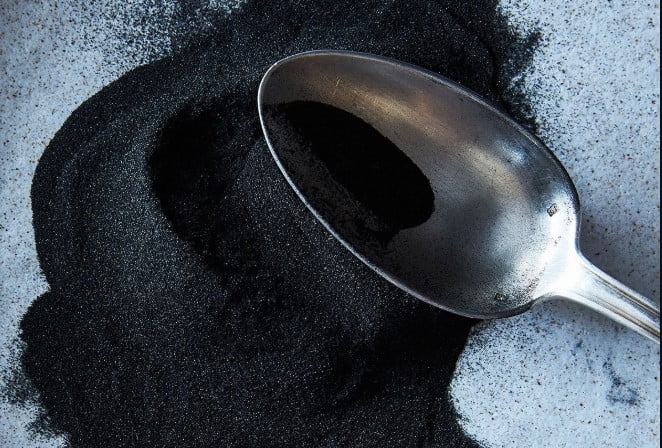
Making activated charcoal from briquettes is a tedious task and, you need to understand the process beforehand. Once you practice it, it will appear simple. Take your desired charcoal briquette and smash it into pieces using a hammer. Make a fine powder out of it. Ensure that you are not using an aluminum utensil for this process.
Now, transfer the charcoal powder carefully and neatly to a glass or stainless-steel bowl. Check twice to guarantee that your charcoal briquettes are free from chemicals. Alternatively, you can use charcoal briquettes containing wood charcoal, lignite coal, anthracite coal, limestone, starch or binder, sodium nitrate, sawdust, wax, rice chaff, or peanut chaff.
Dissolve about a hundred grams of calcium chloride in 300 mL of water to make a 25% calcium chloride solution. In ounces, use 3.5 ounces of calcium chloride for 1.3 cups of water. The jar might get hot. So, wear gloves to prevent your hands from burning. You can also loosen the lid and release heat and then reseal it. If you want a large batch of activated charcoal, increase the number of ingredients, but keep a constant proportion. But the best practice is to make as per the requirement to avoid storage problems.
[amazon box=”B07KFPYPKG”]The accompanying process involves making a paste. Use the 25% calcium chloride solution and pour it slowly and steadily into the powdered charcoal. Mix it vigorously yet gently until spreadable paste forms. Either throw away any excess solution or powder more charcoal and blend it again. After this step, let it dry for a day in the bowl.
Take a brand new or thoroughly washed white sheet or use a multiple-fold cheesecloth that does not have any traces of detergent smell and flavor left. Spread your charcoal paste on this cloth and run it under clean water. Take care to store the water that goes through as it contains charcoal. Filter this water later with a coffee filter and recover the otherwise losable carbon. Put this filter with the remaining batch of the activated charcoal.
Bake your product at 250F for 30 minutes straight until the moisture goes away entirely. Cool the activated charcoal, break it and finally store the product in an airtight but waterproof jar.
Use Your DIY Activated Charcoal
- Water filters to filter water: Filter your water with activated charcoal and be sure of pure, impurity-free water.
- Make a gas mask using your DIY activated charcoal and some primary ingredients like soda bottles, beer or soda cans, rubber bands, duct tapes, and cotton.
- Use it as a first-aid treatment for poisoning or allergy before running to a doctor. Moreover, never give activated charcoal to babies and infants. For adults, 50-100 grams of charcoal in water might keep you calm before professional medical treatment. Remember that charcoal is not a replacement for medical care and should benefit only where the medical facility is late or prolonged. Charcoal acts like a first aid.
- Another first aid treatment using activated charcoal is to help alleviate insect bites and pimples. This process is simple. Just mix charcoal with coconut oil, make a paste, and spread it on the wound. Wrap the swelling with bandages and enjoy a calming effect.
- You can even settle upset stomachs or food poisoning by mixing charcoal with water.
- To help against pollution, dust, and smog, put some activated charcoal in a cloth bag and watch its magic as it purifies the air.
However, remember that working with activated charcoal is a mess. So be careful while handling it and use it properly. Moreover, do not overuse your DIY charcoal, not more than the prescribed usage, since it is highly concentrated and might harm you. Redry your DIY charcoal at 230 degrees in the oven for curing moisture.

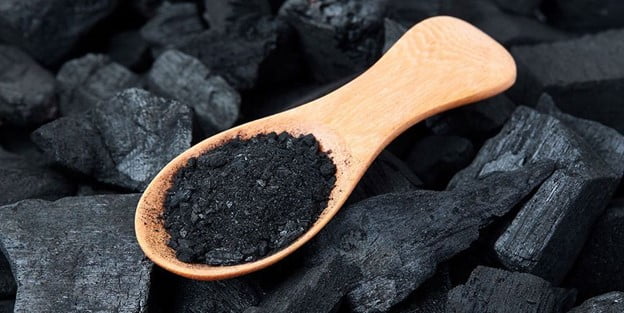

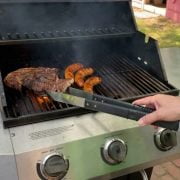
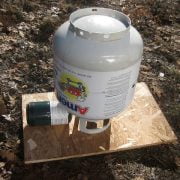
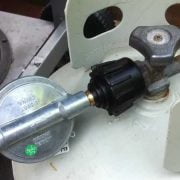
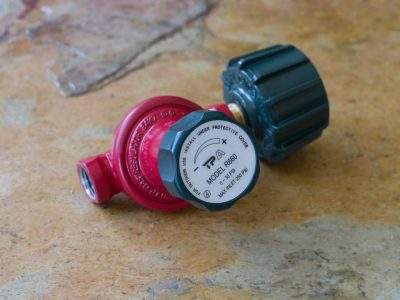


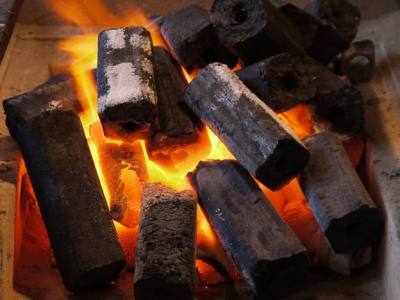

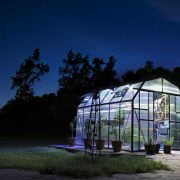
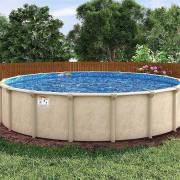
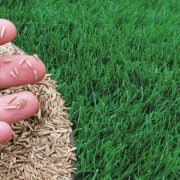
Comments